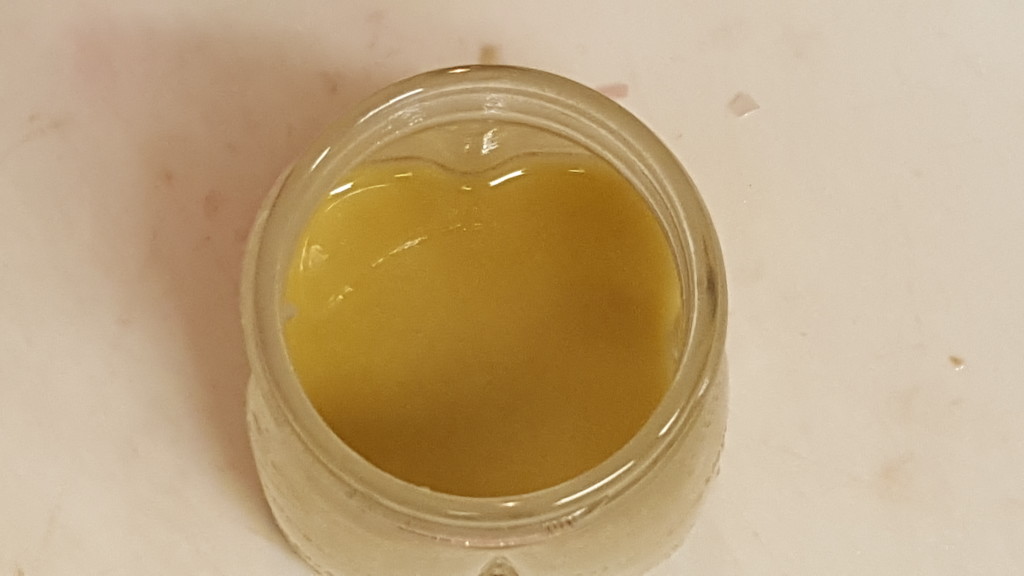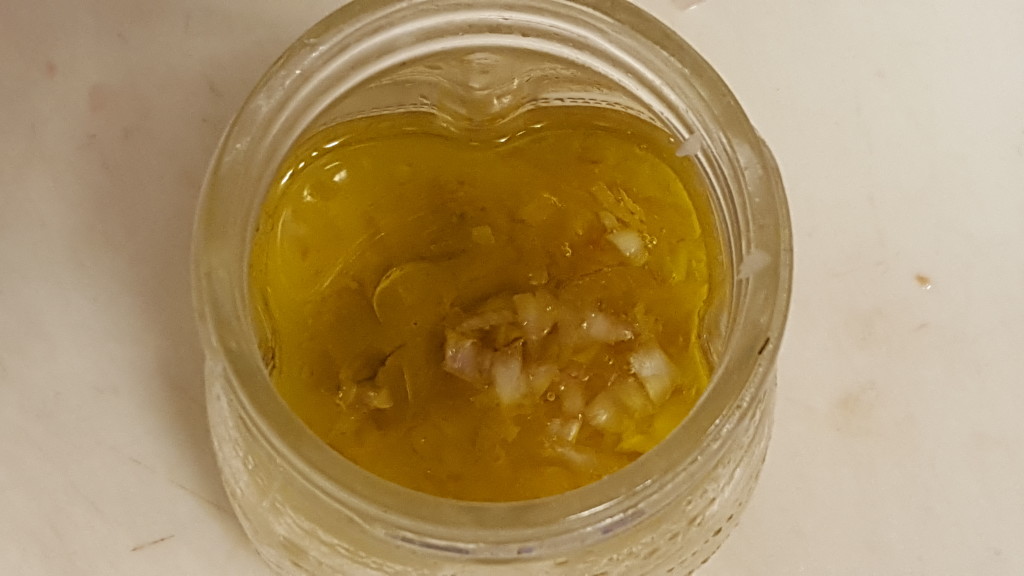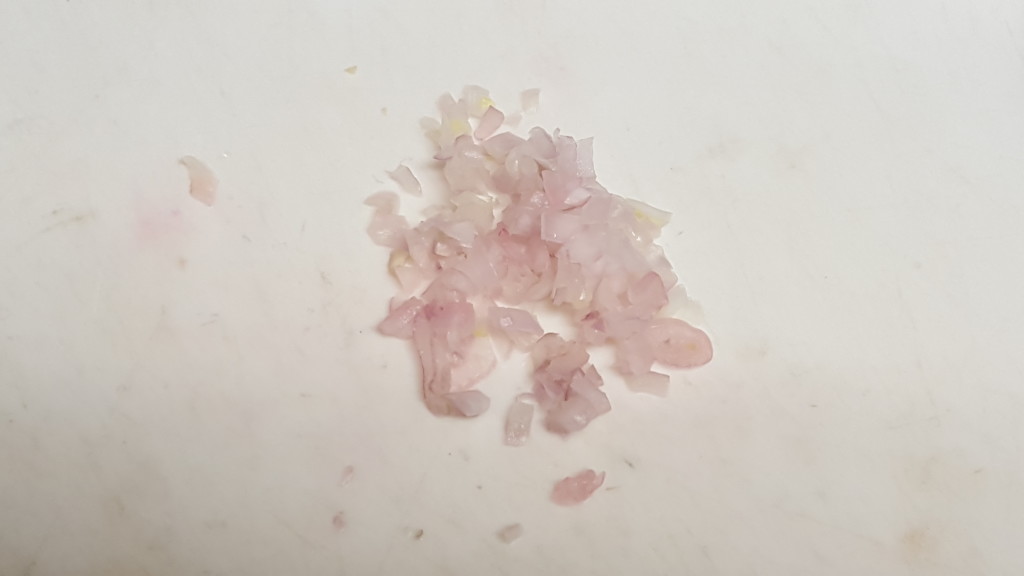Dressing (Your Salad) for Success
I love creating elaborate salads that take advantage of the amazing produce at my local farmers’ markets. In addition to various greens, they might include things like Satsuma mandarins, radishes, walnuts, roasted beets, pomegranate seeds, avocado, cherry tomatoes…it depends what’s in season and what combinations work well together, but we’re not here to talk about the salad itself today. (We’ll do that another time–I promise.) We’re here to talk about the salad dressing.
If you’ve gone through all of the trouble to assemble these fresh ingredients, why would you ruin it with a store-bought, bottled dressing when it’s so easy to make your own? A basic vinaigrette takes just a few minutes of your time, and you can customize it to suit your tastes (and those of your guests).
Start with a small jar and add your acid. Some possibilities: white wine vinegar, red wine vinegar, balsamic vinegar, lemon juice. (There are many others as well.) I tend not to use balsamic, partly because it’s so sweet and partly because it tends to overpower everything else. But there’s also nothing to say you have to use only one acid. For example, you could use both red wine and balsamic vinegars together, or lemon juice and white wine vinegar together. I’ve done both. If you’re just serving yourself, you might use 1 tablespoon of your acid (depending on how much dressing you like).
Next comes your secret weapon: Dijon mustard. How much should you put in? I eyeball it, and it depends on how much you like, but perhaps 1/2 teaspoon or a little more or less. You don’t want it to take over your dressing, but you want enough that it’s a presence.
Now you’re ready to add your oil. This is the time to use that high-quality extra virgin olive oil: 3 tablespoons for each tablespoon of acid. Season with a little salt and pepper. For a basic dressing, you’re now done. Add a little wax paper to cover the jar (cuts down on mess later), close the lid and shake it up.
But if you want to take your dressing up a level…why not accessorize? My favorite addition is shallot, and it requires almost no extra effort. Simply chop a small shallot and toss it in after everything else is in. Ideally, let the shallot hang out in the dressing for an hour or so (longer is better). The acid will actually start to “cook” the shallot and mellow it, the same way that it works for ceviche. If you use shallot, be aware that it tends to soak up a little of the dressing, so you may want to make a little more.
Want to do a tarragon vinaigrette? Same idea. Chop perhaps a half tablespoon of fresh tarragon for each tablespoon of acid, and toss it in there. I strongly recommend that you make this dressing at least several hours before–and preferably a day ahead–so that the tarragon can build flavor. Other herb options are chives or dill, but it’s really up to you. Again, the longer you can let your “accessory” build flavor in the dressing, the better.
And that’s it. Shake your salad dressing up again before you’re ready to serve. Feel free to make enough for more than one day. I’ve stored it in the refrigerator for at least 4 or 5 days (the acid acts as a preservative, and there’s really nothing that’s easily perishable). Don’t worry if it congeals–take it out about 30 minutes before you want to use it and give it a good shake. Just keep that 3:1 proportion of oil to acid and you’re golden.

Salad dressing of white wine vinegar, lemon juice, Dijon mustard, olive oil and shallot ready to meet its salad.
Ingredients
The acid(s) of your choice (white vine vinegar, red wine vinegar, lemon juice, balsamic vinegar, etc), 1 TB
Dijon mustard, 1/2 to 1 tsp
Extra virgin olive oil, 3 TB
Shallots, tarragon, chives, etc (optional), as noted above


